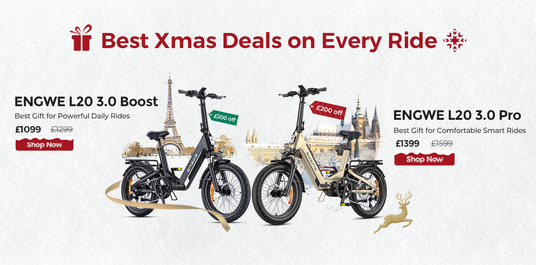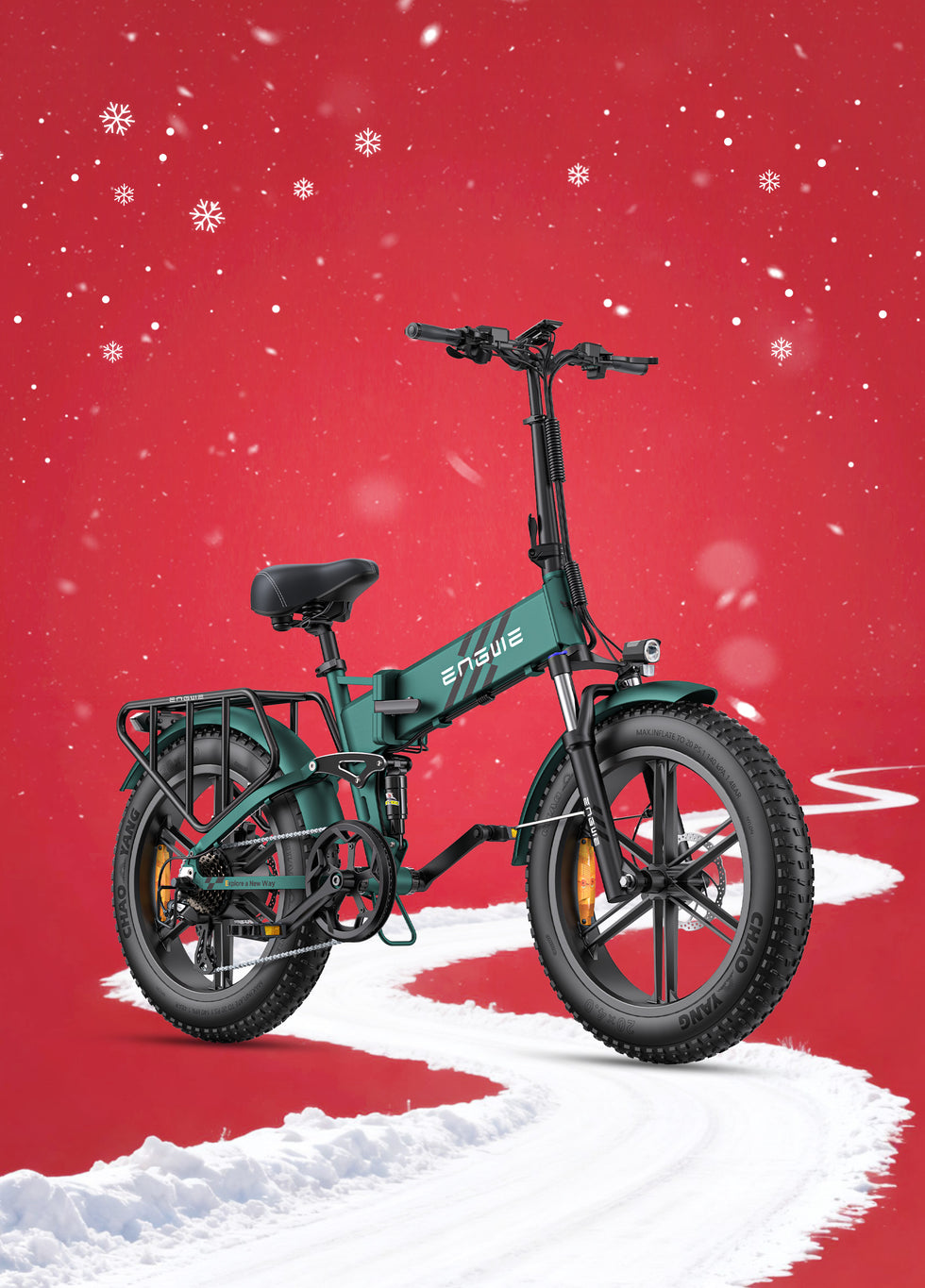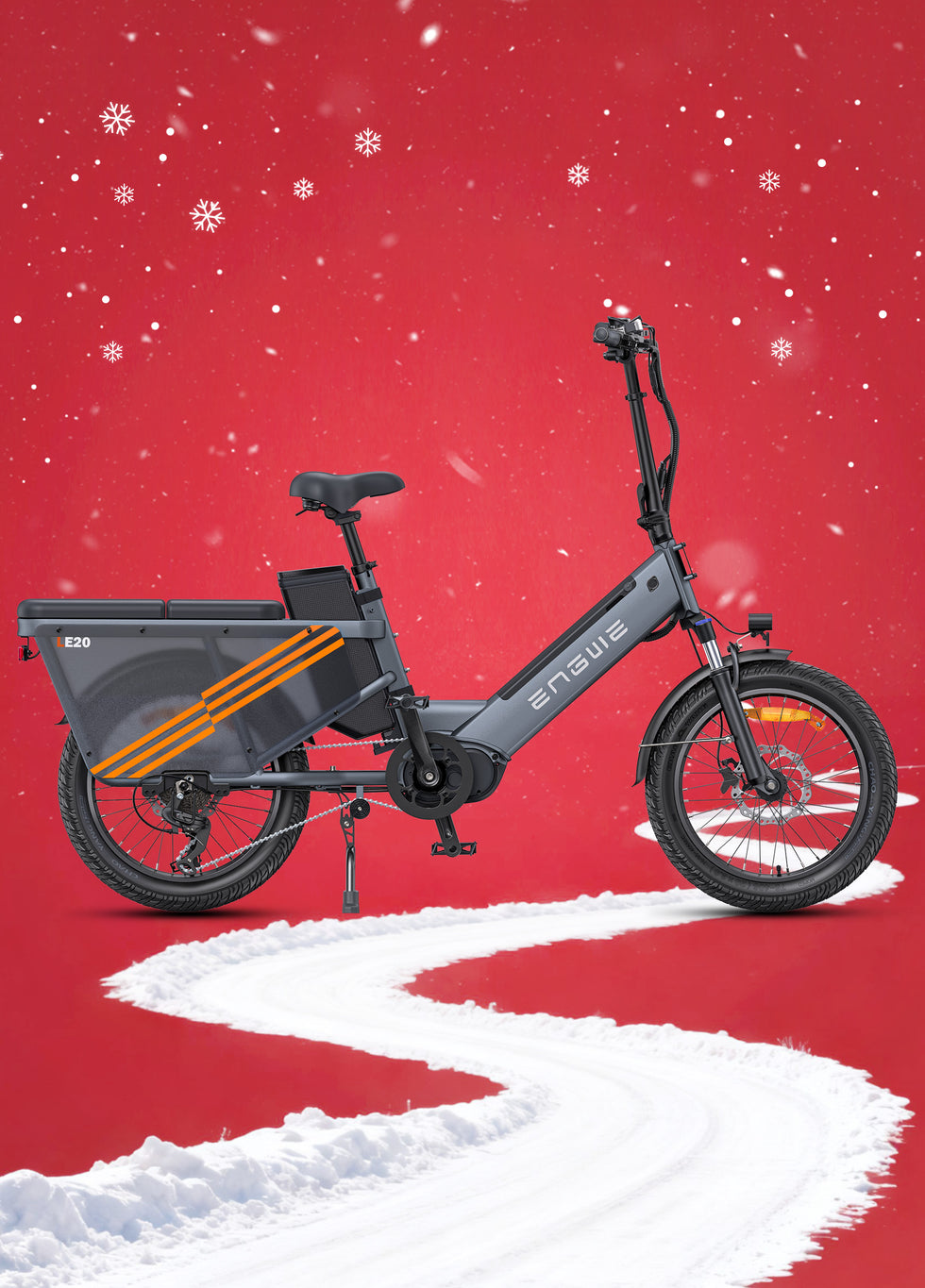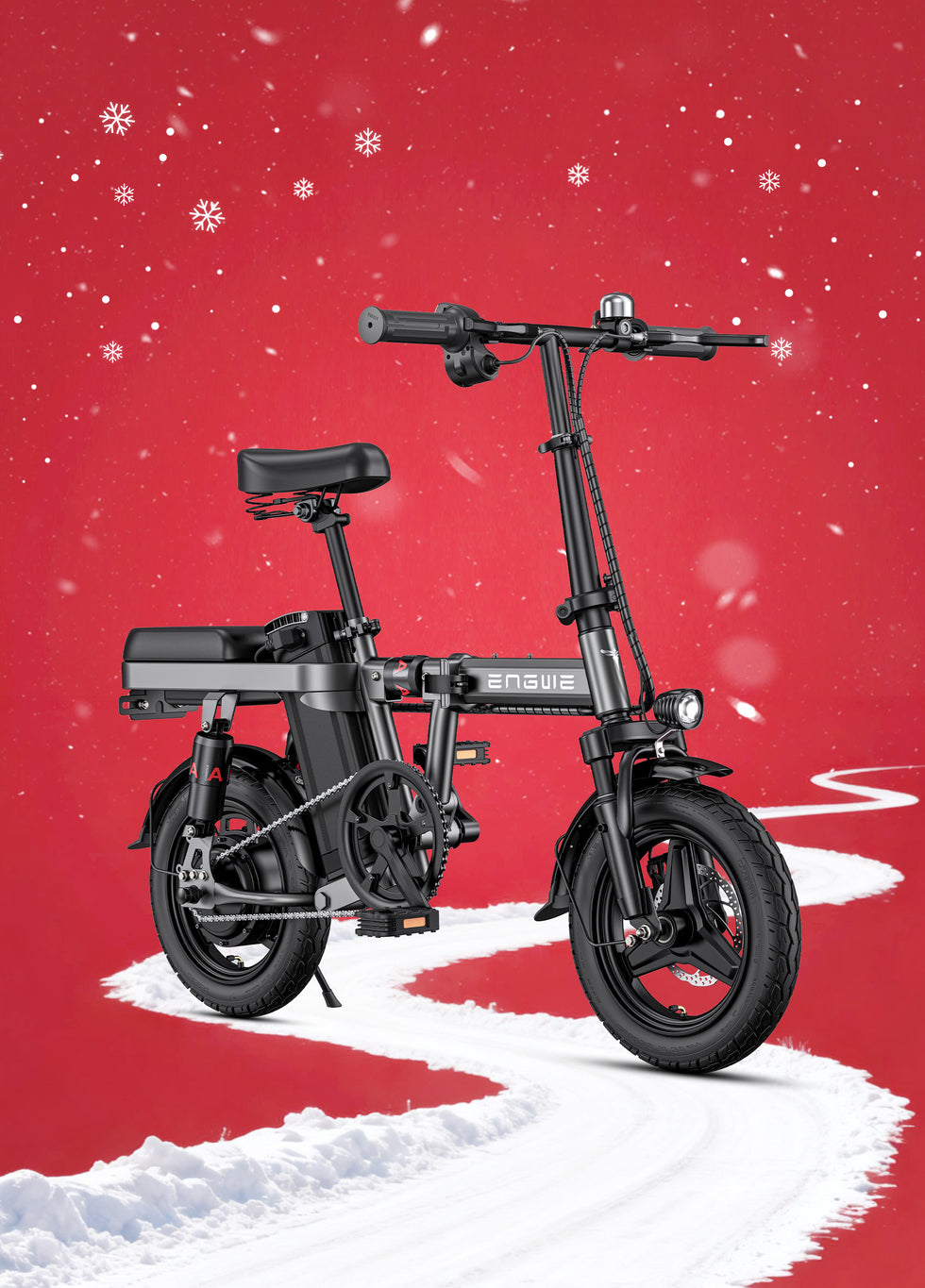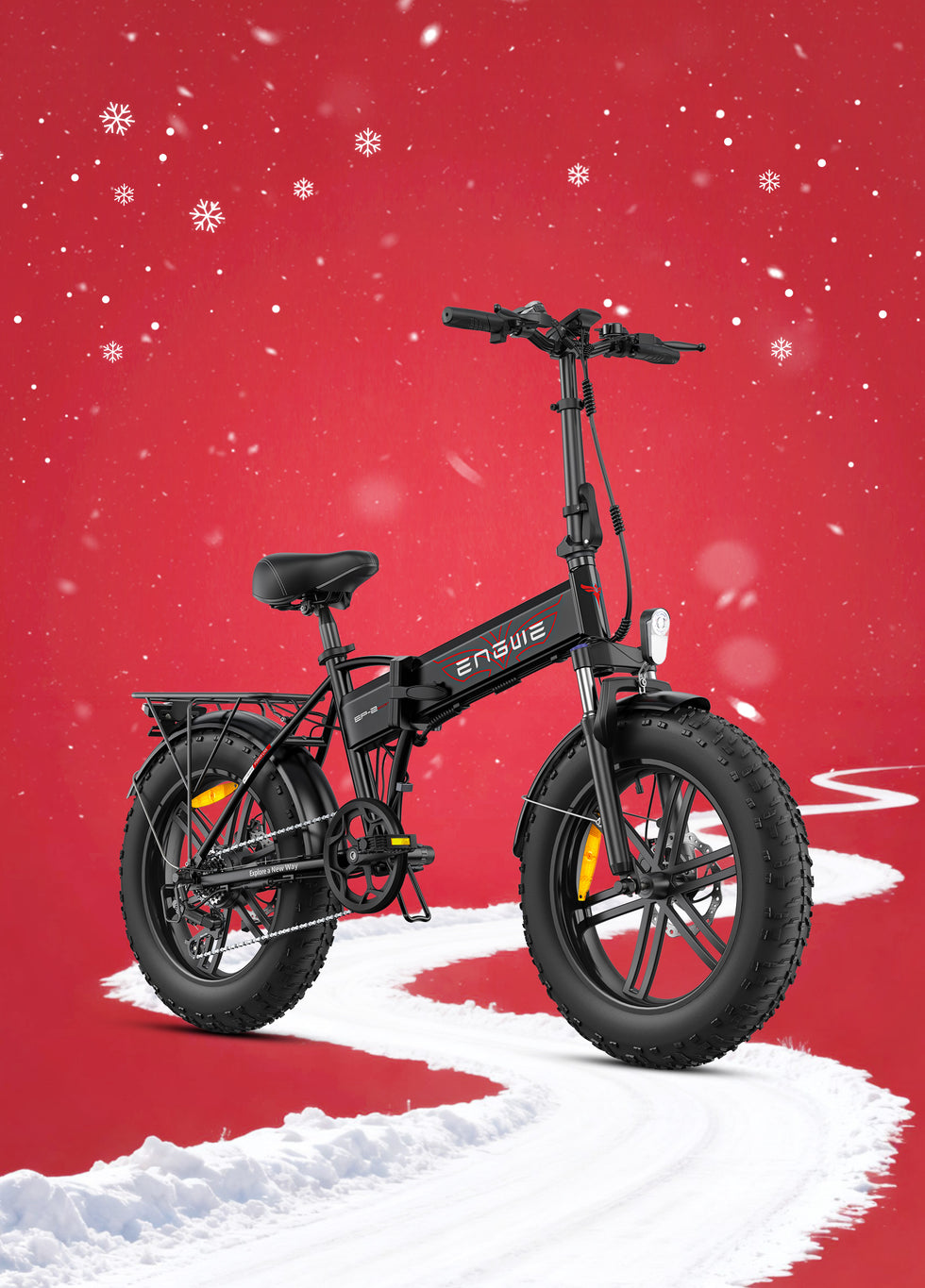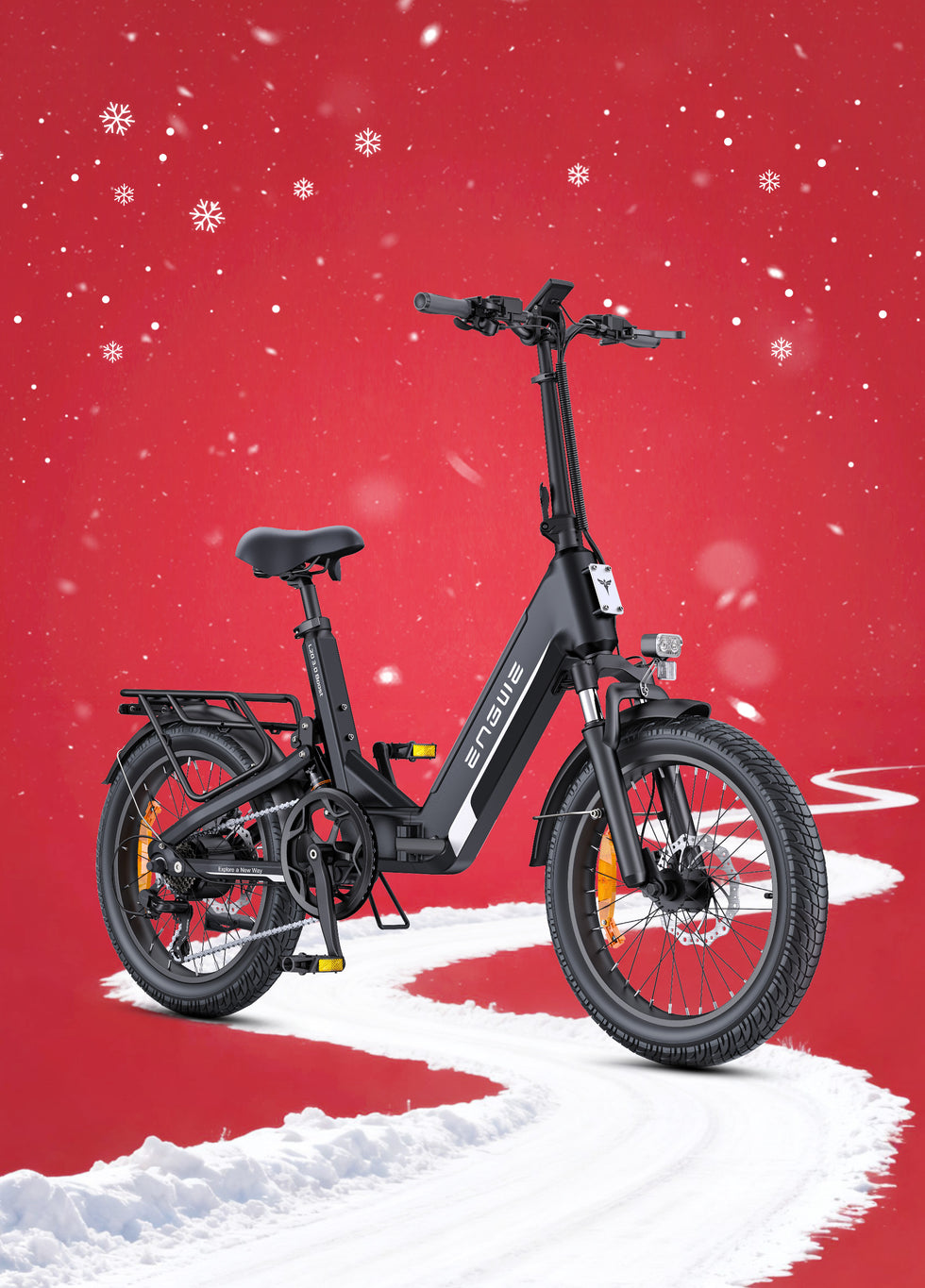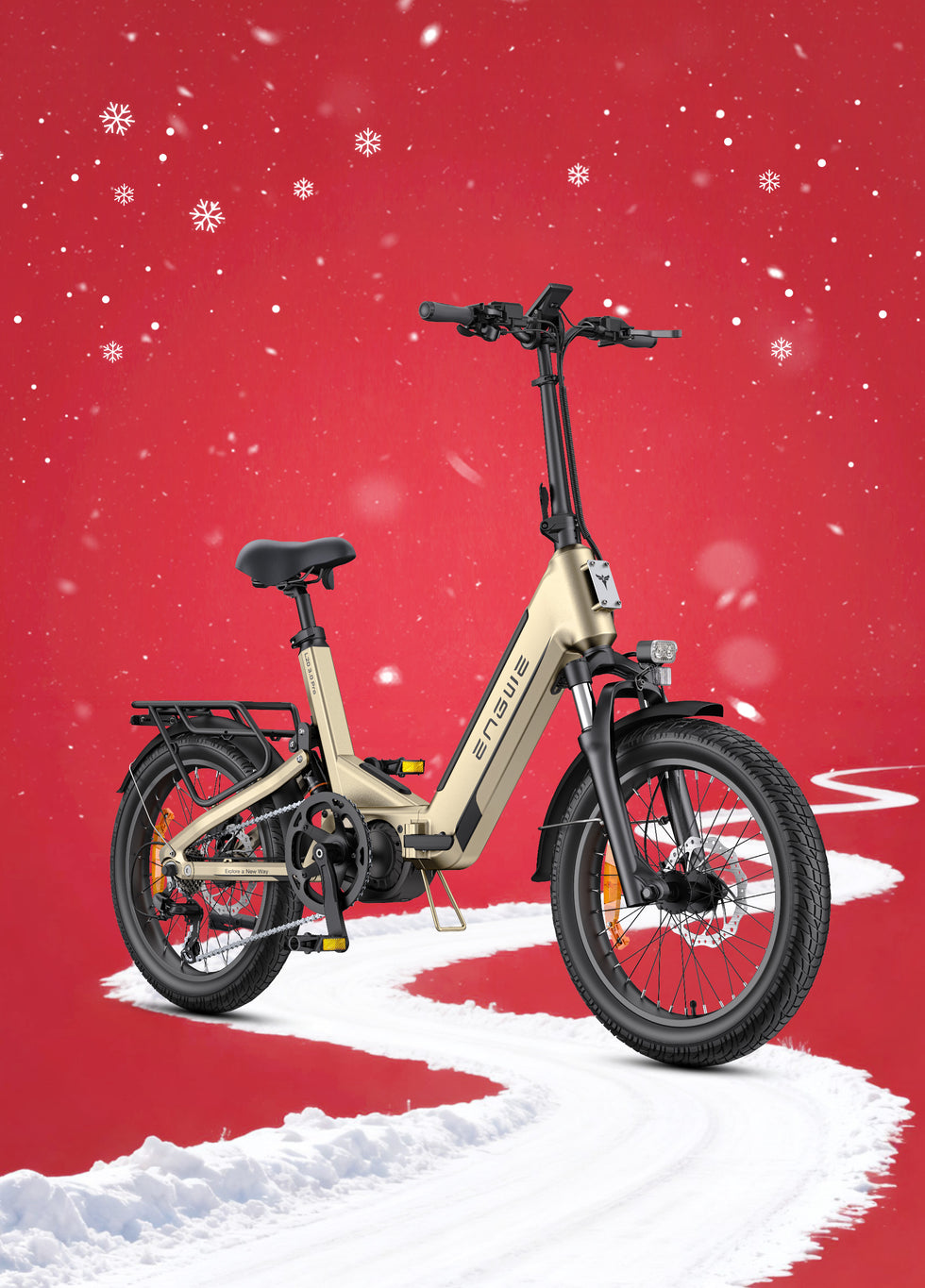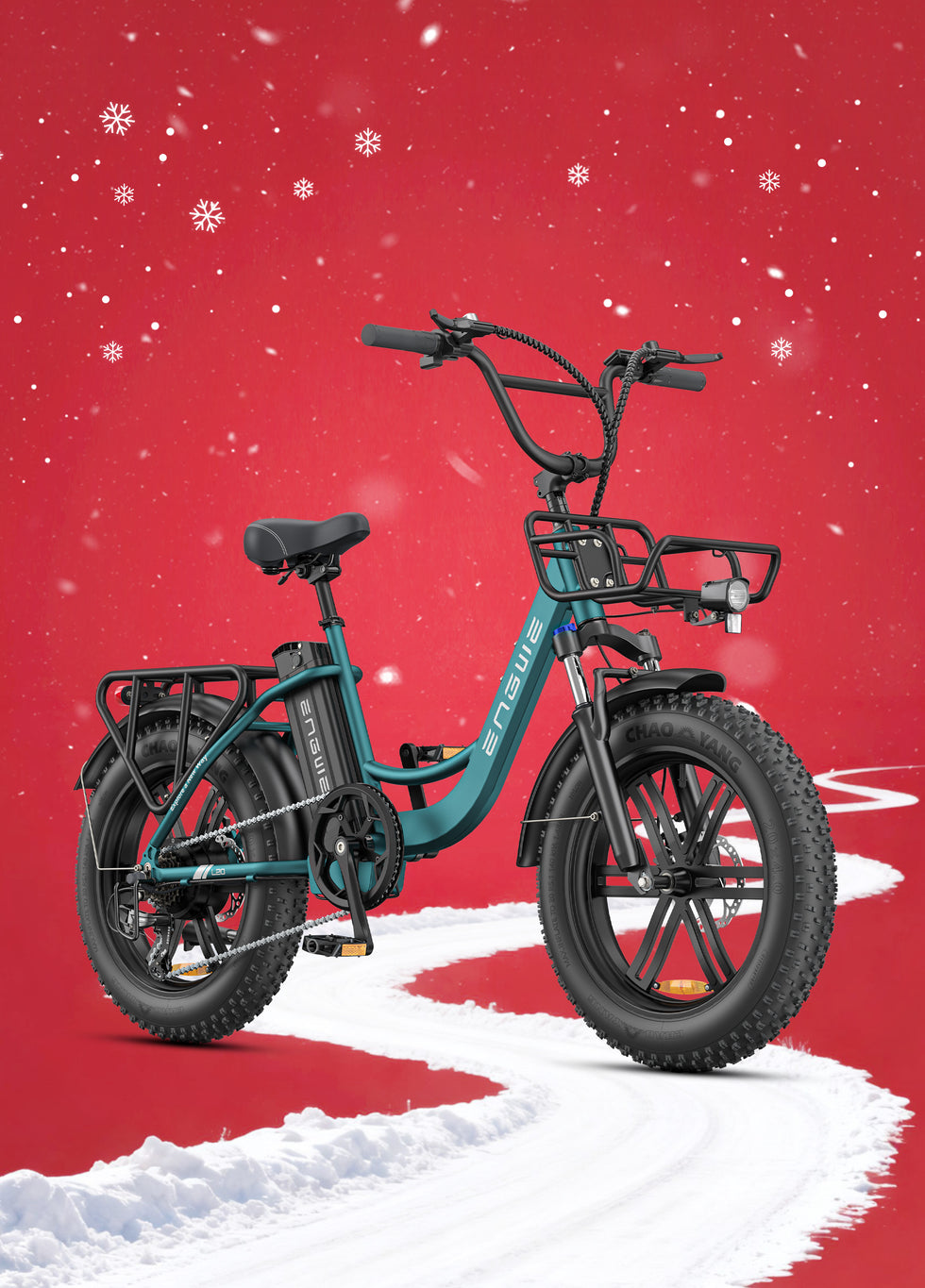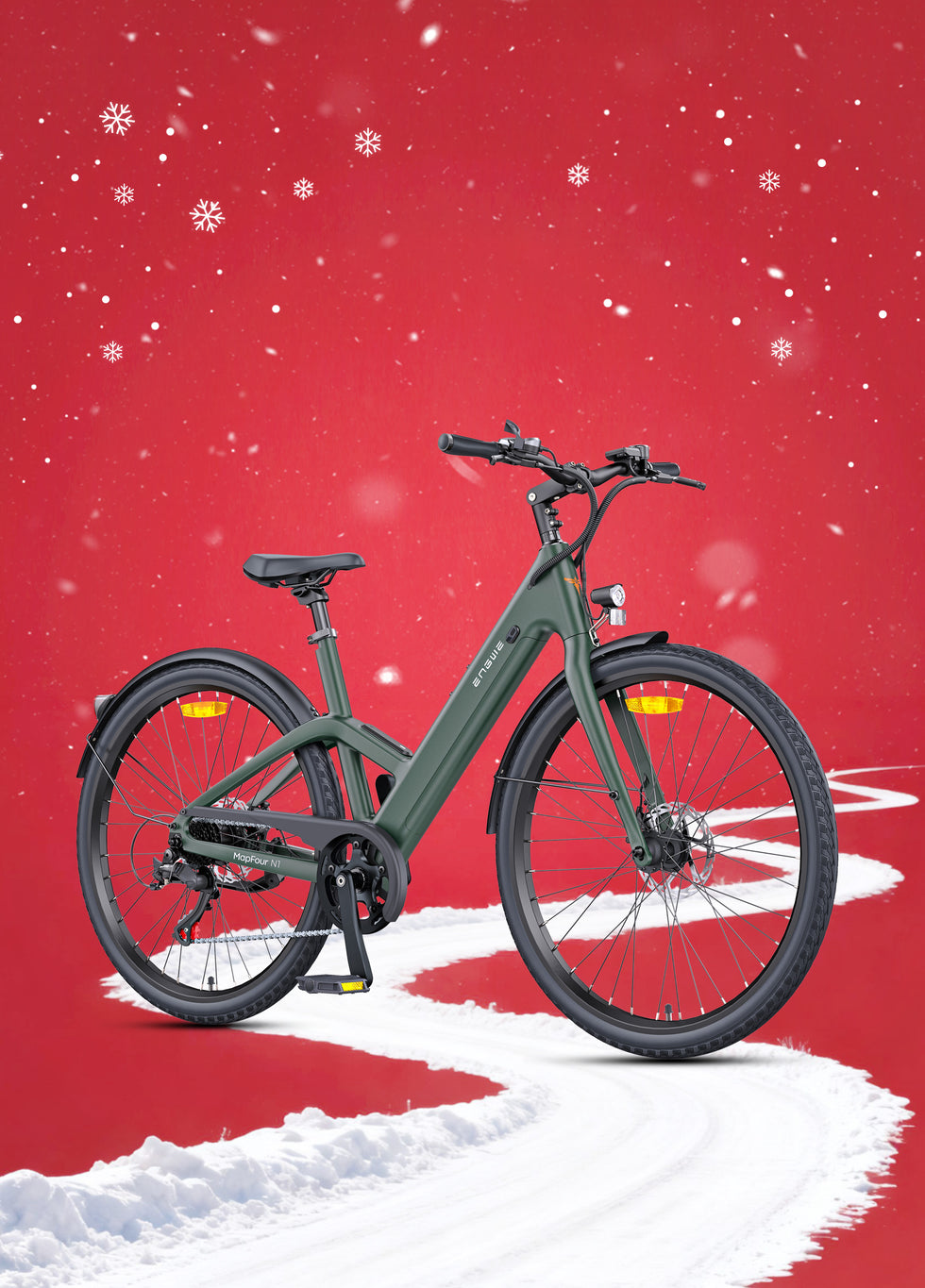Stepping into the world of personal electric transport feels liberating. The promise of a faster, greener, and more enjoyable commute is incredibly appealing. But it also presents a crucial first question that many people grapple with: should I get an electric bike or an electric scooter? As someone who has spent countless hours navigating city streets and country lanes on both, I understand the dilemma. This isn't just about choosing a machine; it's about choosing a new way to move through your world. The choice you make will depend entirely on your daily needs, your journey's terrain, and what you want to get out of the experience. Forget generic lists of pros and cons; let's break down the reality of using these vehicles in the UK so you can find the perfect fit for your lifestyle.
To truly understand which option is best for you, we need to design our thinking around the real-world problems you are trying to solve. Here is a breakdown of the common user needs and how this article is structured to address them directly.
| User's Potential Problem/Question | Article Section Designed to Solve It |
|---|---|
| "I'm a complete beginner. What's the fundamental difference between an e-bike and an e-scooter for my daily life?" | The Core Debate: A Head-to-Head Comparison for Daily Life - This section directly compares the two on key lifestyle factors like commute type, exercise, comfort, and legal use. |
| "If I choose an electric bike, what specific features should I actually care about? It's all so confusing." | Decoding the Electric Bike: Key Features That Genuinely Matter - This simplifies the technical jargon into practical benefits, explaining motors, batteries, tyres, and brakes in terms of what they do for the rider. |
| "I've heard good things about some brands. Which one is a reliable choice that can handle my needs?" | My Top Recommendation for a Versatile and Powerful Ride - This section provides a specific, high-quality product recommendation (ENGWE EP-2 Boost) that aligns with the desirable features previously discussed. |
| "What about scooters? What are the non-negotiable things I need to know before buying one, especially in the UK?" | The Essential Guide to Choosing an Electric Scooter - This focuses on the most critical aspects for scooter users, with a heavy emphasis on the unique legal situation in the UK. |
| "This all sounds great in theory, but what's it really like to use one every day? What are the hidden joys and challenges?" | Living with Micromobility: A Personal Perspective - This experiential section offers real-world insights, tips, and reflections on the day-to-day reality of owning an electric vehicle. |
The Core Debate: A Head-to-Head Comparison for Daily Life
The primary decision rests on how you intend to use your vehicle. For a typical daily commute that might involve varied terrain, carrying a bag, and covering more than a couple of miles, an electric bike is often the superior choice. The larger wheels handle potholes and uneven surfaces with far more stability and comfort. You sit in a natural riding position, which is less fatiguing over longer distances, and the ability to pedal gives you a sense of control and a healthy dose of exercise. An electric bike, or e-bike, seamlessly integrates into existing cycling infrastructure, and crucially, road-legal models can be used anywhere a conventional bicycle can. In contrast, an electric scooter excels in "last-mile" scenarios. If your journey involves a train or bus, a lightweight, foldable scooter is incredibly convenient to carry and store. It's a point-A-to-point-B solution that requires minimal physical effort. However, the smaller wheels make for a harsher ride, and their legal status in the UK is a significant factor to consider. Privately owned e-scooters are currently only legal to ride on private land with the landowner's permission. Public use is restricted to rental scooters involved in government-approved trials. For most people looking for a primary transport solution, the versatility and legality of an electric bike make it the more practical and future-proof investment.
Decoding the Electric Bike: Key Features That Genuinely Matter
When you start looking at electric bikes, the specifications can seem overwhelming. Let's focus on what truly impacts your ride. First is the motor and sensor. A 250W motor is the legal limit for UK roads and provides ample assistance. What's more important is the sensor. A torque sensor is the gold standard; it measures how hard you are pedalling and delivers power proportionally, resulting in a smooth, intuitive ride that feels like a natural extension of your own effort. Next, consider the battery. Look for a removable battery, which allows you to charge it conveniently indoors and keeps it safe from theft. The range, stated in kilometres, is a key selling point, but always treat it as a best-case scenario. For all-weather commuting and tackling rough city streets, fat tyres (around 4 inches wide) are a game-changer, providing excellent grip and cushioning. Finally, don't overlook the brakes. Mechanical disc brakes offer reliable stopping power in all conditions, which is a non-negotiable safety feature for the stop-start nature of urban riding. A foldable frame is also a huge bonus for storage in flats or for transporting the bike in a car.

My Top Recommendation for a Versatile and Powerful Ride
If you're looking for an electric bike that masterfully combines power, all-terrain capability, and everyday practicality, my premier recommendation is the ENGWE EP-2 Boost. This foldable electric bike is built around a robust, EU-legal 250W brushless motor, but its secret weapon is the intelligent torque sensor. This technology provides an incredibly smooth and responsive ride, matching the motor's assistance to your pedalling for a natural feel. For those daunting hills, a simple press of the Boost button unleashes an impressive 55Nm of torque, making climbs feel effortless. Its 20 x 4.0-inch fat tyres and front suspension mean you can confidently tackle everything from smooth asphalt to gravel paths and dirt tracks. Range anxiety is a thing of the past thanks to the high-capacity 48V 13Ah removable battery, delivering up to 120km of travel in its most efficient mode. Safety is paramount, with powerful 180mm front and rear disc brakes ensuring you have all the stopping power you need. The ENGWE EP-2 Boost is also a brilliantly practical machine; its foldable design makes storage a breeze, and the sturdy rear rack is perfect for carrying groceries or a work bag. It's the complete package for the modern rider.

The Essential Guide to Choosing an Electric Scooter
If your lifestyle still points towards an electric scooter, there are key factors to prioritise. As mentioned, the legal aspect is the single most important consideration in the UK. You must be fully aware of the restrictions on using a private e-scooter on public roads, pavements, or cycle lanes. Beyond this, look for a scooter with a decent battery range to avoid being stranded. Suspension is vital for ride comfort; a model with both front and rear suspension will make a huge difference on imperfect UK pavements. Wheel size also matters, with larger 10-inch pneumatic (air-filled) tyres offering a much smoother and safer ride than smaller, solid rubber wheels. Check the IP (Ingress Protection) rating, which indicates its resistance to water and dust—essential for the unpredictable British weather. Finally, consider the scooter's weight and folding mechanism. If you plan to carry it frequently, every kilogram matters.

Living with Micromobility: A Personal Perspective
Owning an electric bike has fundamentally changed my relationship with my city. A ten-minute journey that used to be a stressful wait for a bus is now a five-minute ride filled with fresh air. I've discovered new routes, parks, and quiet streets I never knew existed. The cost saving on public transport fares is substantial, but the real benefit is the freedom and the incidental exercise. It turns a mundane commute into a genuinely enjoyable part of the day. There are practicalities to manage, of course. Good locks are essential for security, and you learn to keep an eye on the weather forecast. But these are small adjustments for a massive gain in quality of life. The ability to fold my bike and put it in the boot of a car for a weekend trip, or store it neatly in my hallway, removes the last barrier to true transport flexibility. It's not just a vehicle; it's a tool that unlocks your local area.
Ultimately, the right choice is the one that gets you moving with a smile.
Frequently Asked Questions
1. What are the exact laws for electric bikes in the UK?
In the UK, a road-legal electric bike must meet the requirements of an "Electrically Assisted Pedal Cycle" (EAPC). This means the motor must have a maximum power output of 250 watts, and the electrical assistance must cut off when you reach a speed of 15.5 mph (25 km/h). The e-bike must not be able to provide power without the rider pedalling (it cannot have a "twist-and-go" throttle that works above 4 mph). If it meets these criteria, it is treated like a normal bicycle. You don't need a license, registration, or insurance, and you can ride it on roads and cycle paths. You must be at least 14 years old to ride an EAPC.
2. How much maintenance does an electric bike or scooter require?
Electric bikes require similar maintenance to regular bikes, with a few additions. You'll need to keep the chain lubricated, check tyre pressure regularly, and ensure the brakes are working correctly. The electrical components (motor, battery, controller) are generally sealed and low-maintenance, but you should keep the battery charged and store it in a dry place. Electric scooters are generally lower maintenance as they lack a chain or gears, but you still need to monitor tyre pressure and brake function. For both, it's wise to have a professional service once a year to check all components.
3. Can I ride an electric bike or scooter in the rain?
Most modern electric bikes and scooters are built to be water-resistant, not waterproof. They can handle being ridden in a light shower or on wet roads. You can check the vehicle's IP (Ingress Protection) rating for a specific measure of its water resistance. However, it is not advisable to ride through deep puddles, use a pressure washer to clean them, or leave them exposed to heavy, prolonged downpours. After a wet ride, it's good practice to wipe the bike or scooter down with a dry cloth, paying particular attention to the battery contacts and display.
4. Do I need insurance for my electric bike or scooter?
For a legally compliant electric bike (EAPC), insurance is not a legal requirement in the UK. However, it is highly recommended. A good insurance policy can cover you for theft, accidental damage, and third-party liability in case you are involved in an accident that causes injury or property damage to someone else. Given the significant investment, theft insurance alone provides valuable peace of mind. For private e-scooters, as they are not legal on public roads, standard insurance policies may not cover them for public use.
5. How far can I really go on a single charge?
The advertised range is a manufacturer's estimate under ideal conditions (e.g., a lightweight rider, flat terrain, no wind, lowest power-assist setting). Your real-world range will almost always be less. Factors that significantly reduce range include your weight, frequent use of high-power modes (like a boost function), riding up steep hills, strong headwinds, low tyre pressure, and cold temperatures. A good rule of thumb is to expect about 70-80% of the maximum advertised range for mixed, everyday riding. To maximise your range, use lower assist levels when possible, maintain correct tyre pressure, and try to pedal smoothly.
